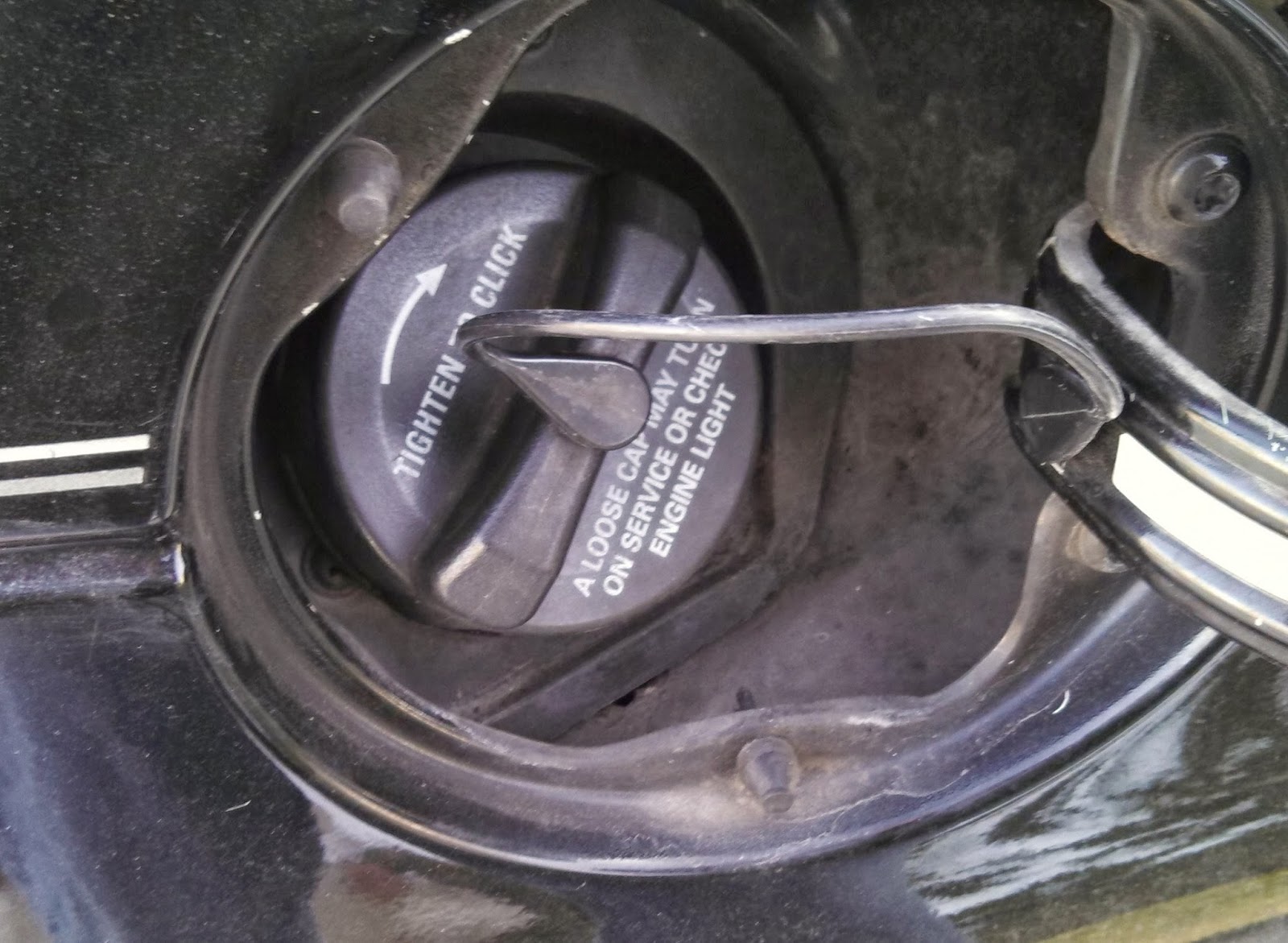Jeep Gas Cap Check Engine Light Mystery: Solved!
That ominous glow on your Jeep's dashboard – the check engine light – can send shivers down any driver's spine. But before you envision costly repairs, consider a surprisingly frequent and often overlooked culprit: the humble gas cap. Yes, that little twist-off portal to your fuel tank can be the source of your automotive woes. This article delves into the curious connection between a Jeep's gas cap and that dreaded illuminated engine warning.
Imagine this: you're cruising down the highway, enjoying the open road, when suddenly, the check engine light flickers to life. Panic sets in. What could be wrong? A quick check of your gas cap might reveal the surprisingly simple answer. A loose, damaged, or improperly sealed gas cap can trigger the check engine light in your Jeep, and many other vehicles for that matter.
Why does this happen? Modern Jeeps, like most vehicles, are equipped with an Evaporative Emission Control (EVAP) system. This system is designed to prevent fuel vapors from escaping into the atmosphere. A properly sealed gas cap is crucial for the EVAP system to function correctly. If the cap is loose, damaged, or missing, it can cause a leak in the system, which the onboard computer detects, triggering the check engine light. This small issue can have a big impact on your Jeep's performance and emissions.
The EVAP system is not a new invention. It's been around for decades, evolving alongside increasingly stringent environmental regulations. The gas cap, a seemingly simple component, plays a vital role in this system. It acts as the first line of defense against fuel vapor leaks, ensuring the EVAP system can effectively capture and recycle these vapors, preventing them from polluting the air.
So, what can you do if a faulty gas cap is the source of your check engine light woes? The solution is often straightforward. First, try tightening the gas cap. Make sure you hear a few clicks, indicating a secure seal. If the light persists after a few driving cycles, inspect the gas cap for any visible damage, such as cracks or a broken seal. If the cap appears damaged, replace it with a new one specifically designed for your Jeep model. Using the wrong cap can also trigger the light, so be sure to check your owner's manual or consult a Jeep dealer for the correct part number.
If replacing the gas cap doesn't resolve the issue, it's best to take your Jeep to a qualified mechanic for a proper diagnosis. While a loose gas cap is a common cause of the check engine light, other more serious problems could be at play.
If your check engine light is on due to a gas cap issue, here's a simple checklist:
1. Check if the gas cap is loose. Tighten it until you hear several clicks.
2. Inspect the gas cap for visible damage. Replace it if necessary.
3. Drive the Jeep for a few days to see if the light turns off.
4. If the light persists, consult a mechanic.
Advantages and Disadvantages of a Self-Diagnosable Gas Cap Issue
| Advantages | Disadvantages |
|---|---|
| Inexpensive fix | Can be a symptom of a more serious issue |
| Easy to diagnose | Delaying proper diagnosis can worsen underlying problems |
| Prevents environmental pollution (fuel vapors) | Misdiagnosis can lead to unnecessary repairs |
FAQ:
1. Q: Can a loose gas cap damage my Jeep? A: While a loose gas cap itself won't directly damage your engine, it can impact fuel economy and emissions.
2. Q: How often should I replace my gas cap? A: Inspect your gas cap regularly for damage. Replace it if you notice cracks or a worn seal.
3. Q: Will the check engine light reset itself after tightening the gas cap? A: Yes, typically after a few driving cycles if the issue is indeed the gas cap.
4. Q: Can I use any gas cap on my Jeep? A: No, use the correct cap specified for your Jeep model.
5. Q: What other problems can cause the check engine light? A: Many issues, from faulty oxygen sensors to more serious engine problems.
6. Q: Is it safe to drive with the check engine light on? A: It depends. A loose gas cap is usually safe for short periods, but a persistent light indicates a potential problem requiring attention.
7. Q: How much does a new Jeep gas cap cost? A: Typically between $15 and $30.
8. Q: Can I reset the check engine light myself? A: Yes, with an OBD-II scanner, but it's best to address the underlying issue.
In conclusion, the seemingly insignificant gas cap plays a crucial role in your Jeep's performance and environmental impact. A loose, damaged, or missing cap can trigger the check engine light, indicating a potential leak in the EVAP system. While a simple fix like tightening or replacing the cap can often resolve the issue, a persistent check engine light warrants professional attention. By understanding the importance of this small but vital component, you can save yourself from potential headaches and keep your Jeep running smoothly while doing your part for the environment. Don't underestimate the power of a properly sealed gas cap – it might just be the key to keeping that check engine light at bay and ensuring your Jeep's optimal performance. So, the next time that ominous light illuminates your dashboard, remember to check the simple things first, like your gas cap, before assuming the worst.
Anime logos quiz sporcle test your weeb knowledge
Unlock your homes potential a guide to pnc home equity lines of credit
The elusive legend of the gui zhi american dragon














